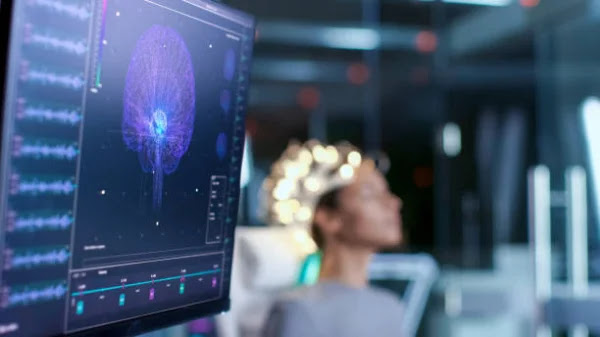In December, he and Joel Murphy, his physical computing
professor at Parsons School of Design, released a Kickstarter marketing
campaign that promised to supply an open-source, moderately priced BCI device
that could enlarge and convert analogue EEG indicators into virtual statistics
to be streamed wirelessly to a pc. In much less than two months, 947 backers
pledged extra than $215,000, Russomanno and Murphy based an employer, OpenBCI;
they started to transport their first product—a small field that amplified the
analogue mind alerted from up to 8 EEG electrodes and sent the translated
virtual facts to a laptop—by the quit of the 12 months.
The timing couldn't have been higher. The consumer BCI
industry turned into simply starting to blossom. Toronto-based InteraXon hurled
Muse, one of the first EEG-primarily based gadgets in reality focused on
customers: a headband with four electrodes that communicated with cellphone or
pc apps, designed to enhance mindfulness and meditation by giving customers
auditory comments on their cognitive nation. A few years later, Paris, then San
Francisco–based Rythm totally (now called Dream), released the Dream headscarf
with six electrodes and apps to assist consumers sleep. Since then, several new
conductor headsets—and the hardware besides the software program had to
technique their recorded neural hobby—have come on the market.
From health and well being to gaming and digital truth, the
BCI marketplace—which Brandessence Market Research valued at $980 million and
anticipated would double in cost within the subsequent 15 years—is especially
driven via purchaser demand. But the BCI enterprise additionally has an eye
fixed in the direction of studies, and with neuroscientists striving to make
EEG cell, customer BCI wearables may be just what the field wishes.
"The customer marketplace is growing those gadgets that
didn't exist . . . Devices that open doors for researchers," says Olav
Krigolson, a University of Victoria neuroscientist. "It's a new emerging
era, and researchers are slowly identifying the things you could do with it."
Neuroscientists seek mobile EEG generation
Although EEG took a spinal seat in neuroscience with the
arrival of magnetic resonance imaging (MRI) inside the Nineteen Seventies and '80s,
the era has been making a comeback in current years, says Krigolson, thanks in
no small component to the reality that it can be taken on the cross. The first "mobile"
EEG setups concerned packing traditional system into backpacks, an approach
that becomes cumbersome and produced noisy statistics. In the late 2000s and
early, as a minimum, half of a dozen organizations sprang up to provide more-realistic
setups. These products had been steeply-priced, with charge factors in the
thousands or tens of thousands of dollars. The device was designed with
researchers, not clients, in mind.
But quickly, the first low-fee gadgets began to hit the marketplace.
San Francisco–primarily based EMOTIV released its first headset, which had 14
electrodes—nonetheless a long way fewer than the 32 or sixty-four of a
conventional EEG cap—and price researchers simply $750. That same 12 months,
NeuroSky released MindSet, a couple of client-centred headphones with an arm
that located a single electrode at the forehead—for $199. (MindFlex and any
other EEG-primarily based toy—Uncle Milton's Force Trainer, which in addition
allowed customers to govern a ball by way of concentrating even as listening to
commands from Yoda—had also been launched and used chips sold by NeuroSky.) And,
InteraXon released Muse. With four electrodes and a charge of $150, it became
the first consumer product to make real inroads into research.
